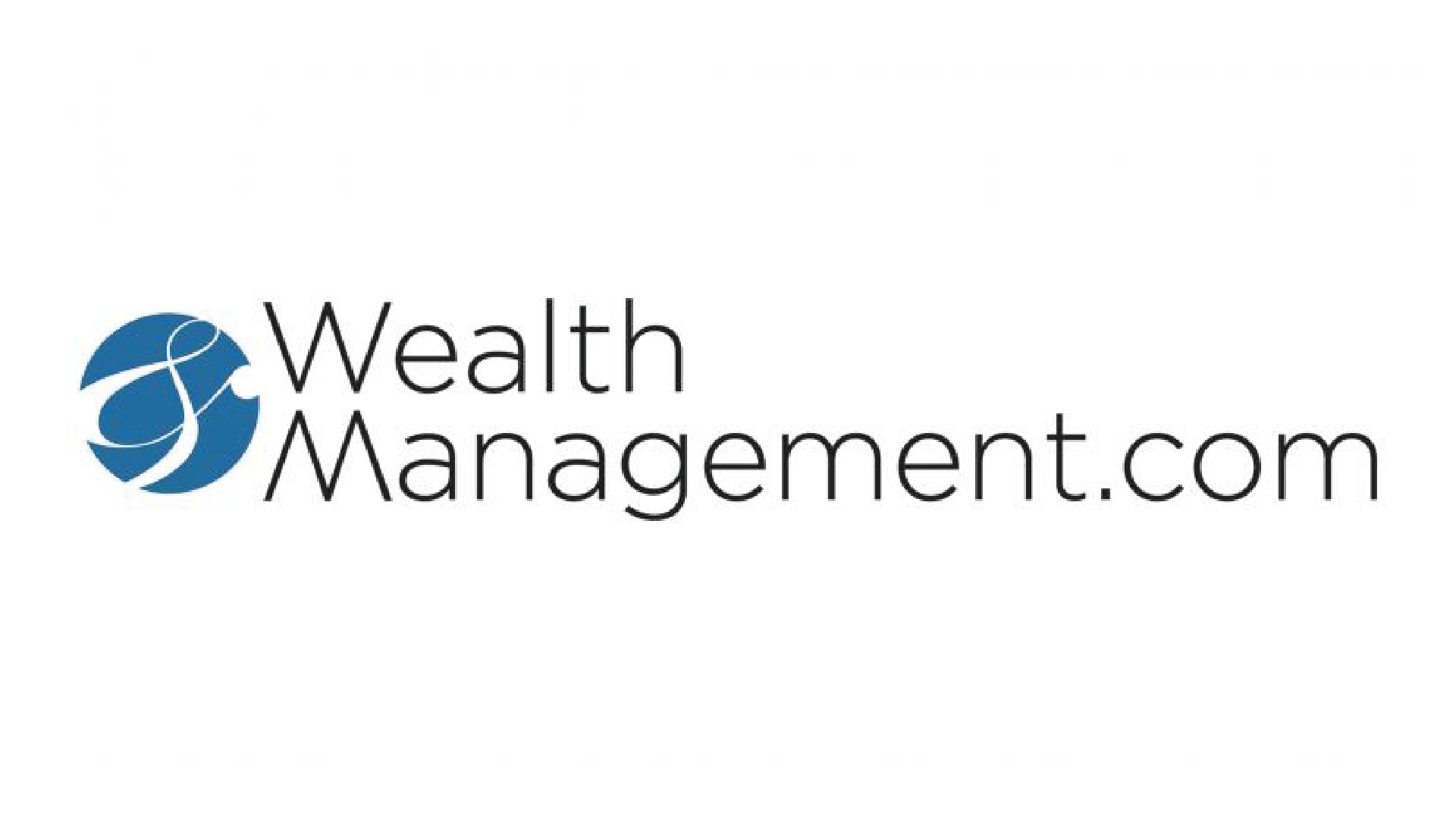Until an advisor can identify who they are serving and how they want to serve them, they cannot begin to build out a proper technology stack.
We are often contacted by breakaway advisors looking to establish their firms, or by existing RIAs simply looking to upgrade their back-office systems. These advisors press s CRM, or the best custodian, or just “tell me which reporting provider I should buy, and I’ll go do it.” Unfortunately, it isn’t quite that simple. When I’m asked, “What is the best _____?” I always respond with, “First, can you tell me what type of client you are serving, and what types of investments are in their portfolios?”
Earlier this year, we published a white paper highlighting the major reporting providers in the RIA industry: Addepar, Black Diamond Wealth Platform, Envestnet | Tamarac, and Orion Advisor Solutions. We received a lot of feedback saying, “But you never told us which one is the best!” There isn’t necessarily a “best” reporting provider—some are better suited for sleeve-level reporting on SMAs; some are better suited for reporting on outside assets, namely, complex alternative investments; others are better suited for “Rep as Portfolio Manager (PM)” models, etc. Until an advisor can identify who they are serving and how they want to serve them, they cannot begin to build out a proper technology stack.
Many RIAs are sold robust third-party trading tools that allow the firm to trade across hundreds of account numbers with the click of a button … but this software is only needed if the RIA is running model portfolios. If an RIA creates customized portfolios for each client and only trades for one client at a time, the trading tools offered (for free) from the custodians will meet the RIA’s needs. If, however, all clients are placed into one of five or six model portfolios, for example, and the RIA needs the ability to sell a stock, ETF or mutual fund across all accounts within that model, and with the click of a button reinvest the proceeds into another security, these trading tools are an absolute necessity.
As we have written previously, “If you aren’t offering a client portal to clients today, you are being left behind.” But we believe very strongly that RIAs should not be building portal technology themselves. For clients who are true “Delegators” (to steal the phrase from Michael Kitces), the portals included with the major reporting provider technology suites will more than suffice. These clients are simply looking for a way to check their household value and see a simple asset allocation. Only DIY investors, who are unlikely to hire an RIA to manage their assets, require complex graphing capabilities and the ability to interactively choose various benchmarks to compare their returns against.
In the world of CRM, most advisors mention Salesforce because it is the most popular across many industries and carries a bit of cachet with its name. However, that cachet has a significant price associated with it. For RIAs who are simply looking for a web-based repository of client contact information and somewhere to place notes after phone calls and who do not plan to run the business through CRM with workflows and tasks, Salesforce is a bit like buying a Lamborghini for the sole purpose of ferrying the kids to and from school. There is no reason to spend that kind of money when most of the bells and whistles built into the price will go unused. There are plenty of competent CRMs that provide the tools needed at a more reasonable price point.
For an RIA that wants to pursue an inorganic growth strategy, being multi-custodial is a must. As an RIA tries to attract other advisors to their firm, it will benefit their pitch greatly to tell advisors, “We have a relationship with your primary custodian—you won’t need to repaper your clients if you were to join our firm.” For firms solely pursuing an organic growth plan, however, having assets at multiple custodians may be adding complexity where it doesn’t need to be. Employees will need to learn the nuances of each custodian’s platform and the differing policies and procedures associated with each. Many RIAs became multi-custodial simply because someone once told them that it was a good idea, but when pressed, they can’t cite any clients that are benefiting from the arrangement, and every employee will say they would prefer the simplicity associated with working with one (not to mention the economies of scale consolidation would achieve).
In addition to breakaway advisors and existing RIAs looking to build out or improve their tech stack, we are also contacted routinely by acquirers who say, “We just bought a firm, and they are using different systems than we are—can you tell us which systems we should retire and which we should continue using in the future?” Again, we can’t answer that question in a vacuum—it is just as critical for two merging firms to determine who their ideal client will be post-merger and how they envision the new, combined firm servicing those clients.
With so many choices in the marketplace, building an integrated technology stack that gains full adoption across all employees of the firm is difficult. RIAs should look to simplify the process wherever possible. Starting with a clear understanding of who you are looking to serve and how you want to serve them will eliminate a lot of headaches down the line.
This article originally appeared on Wealthmanagement.com.

